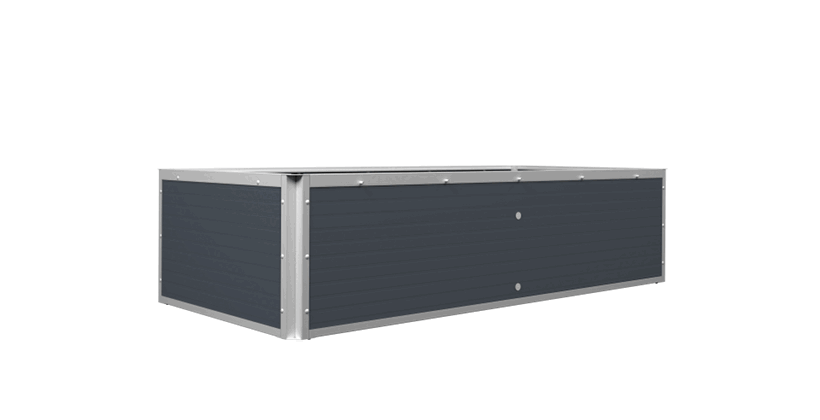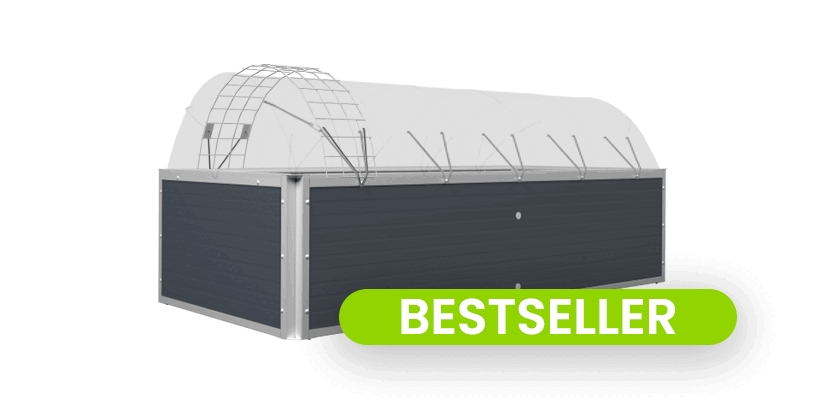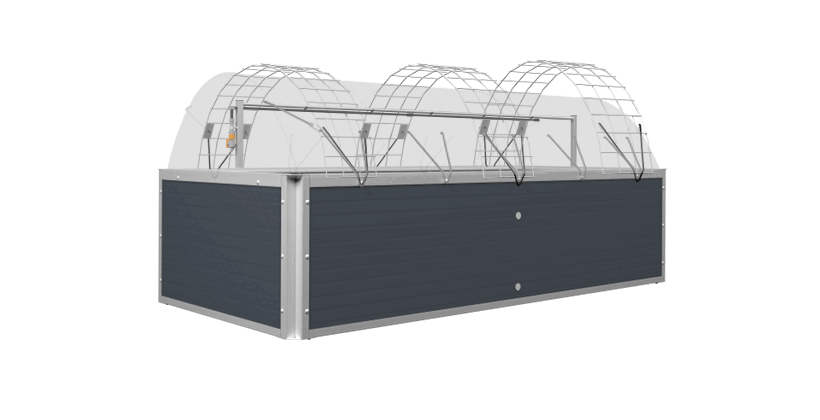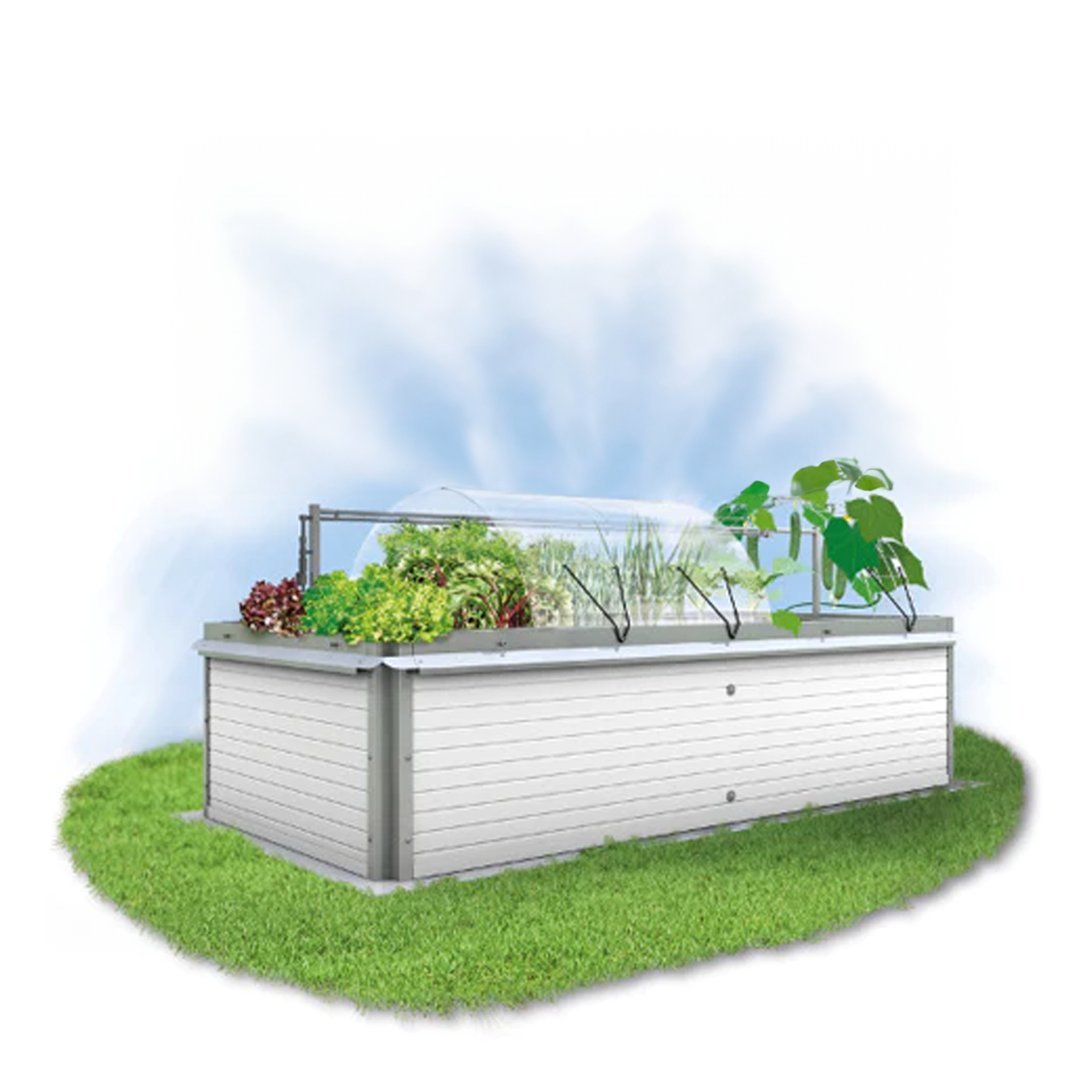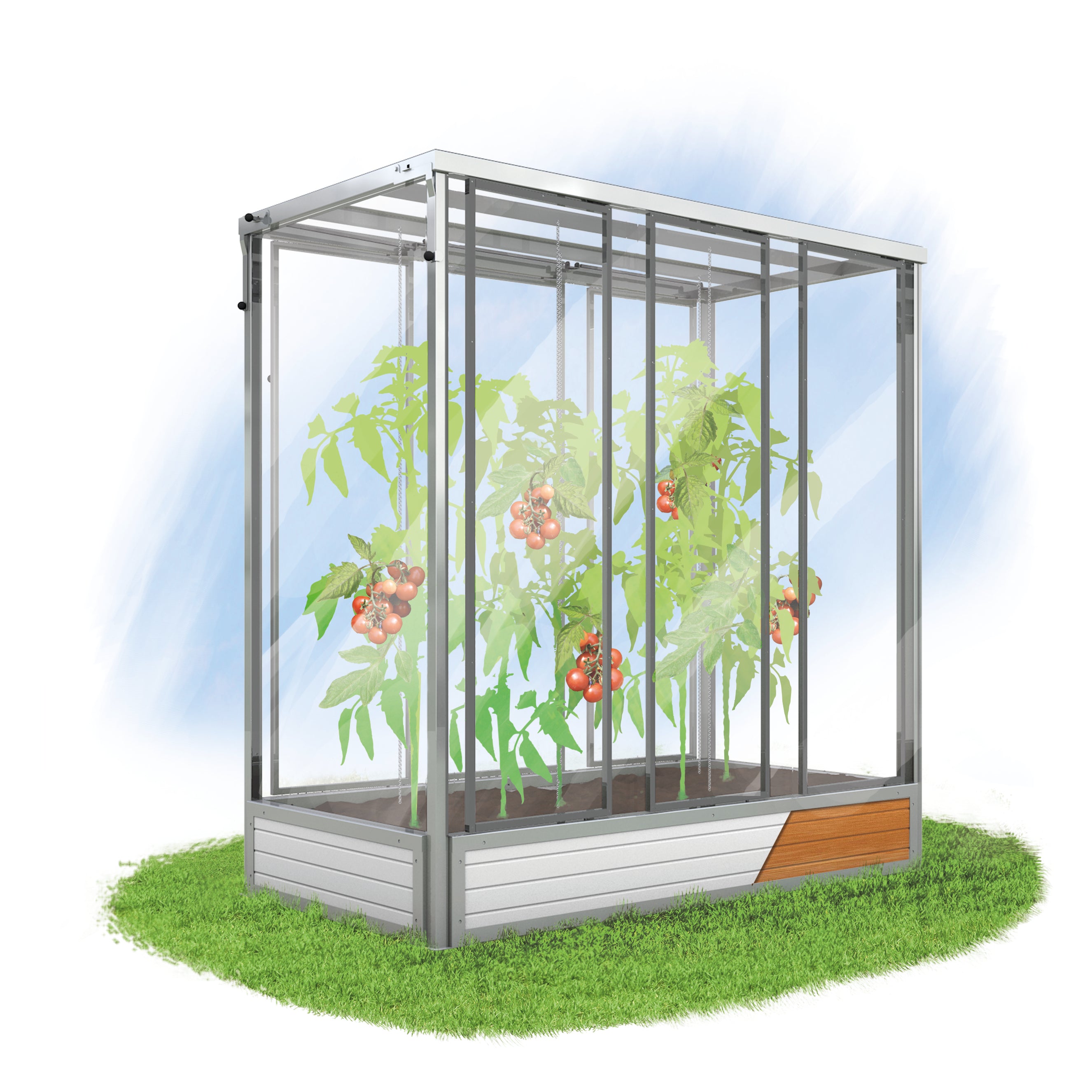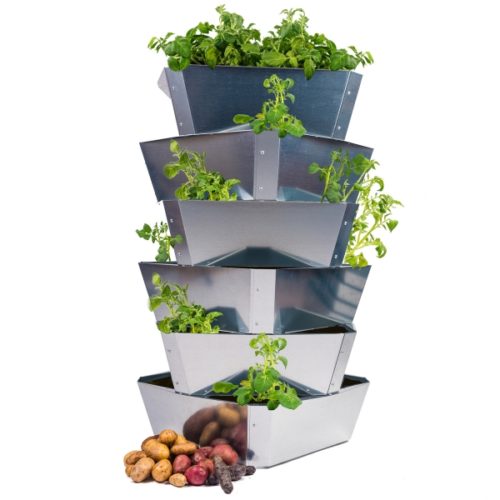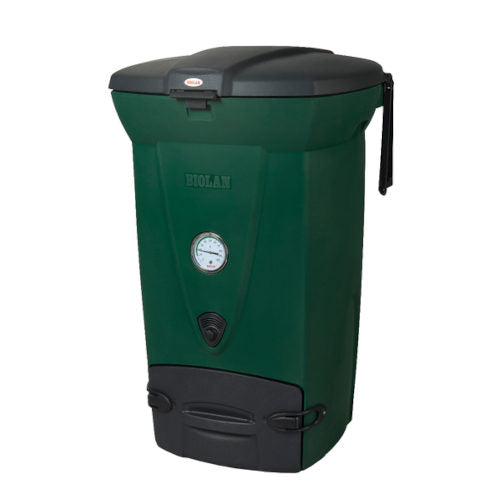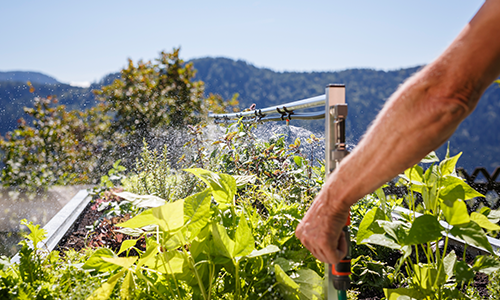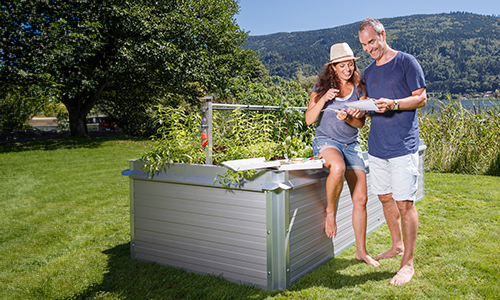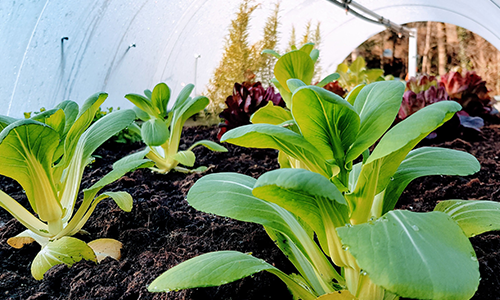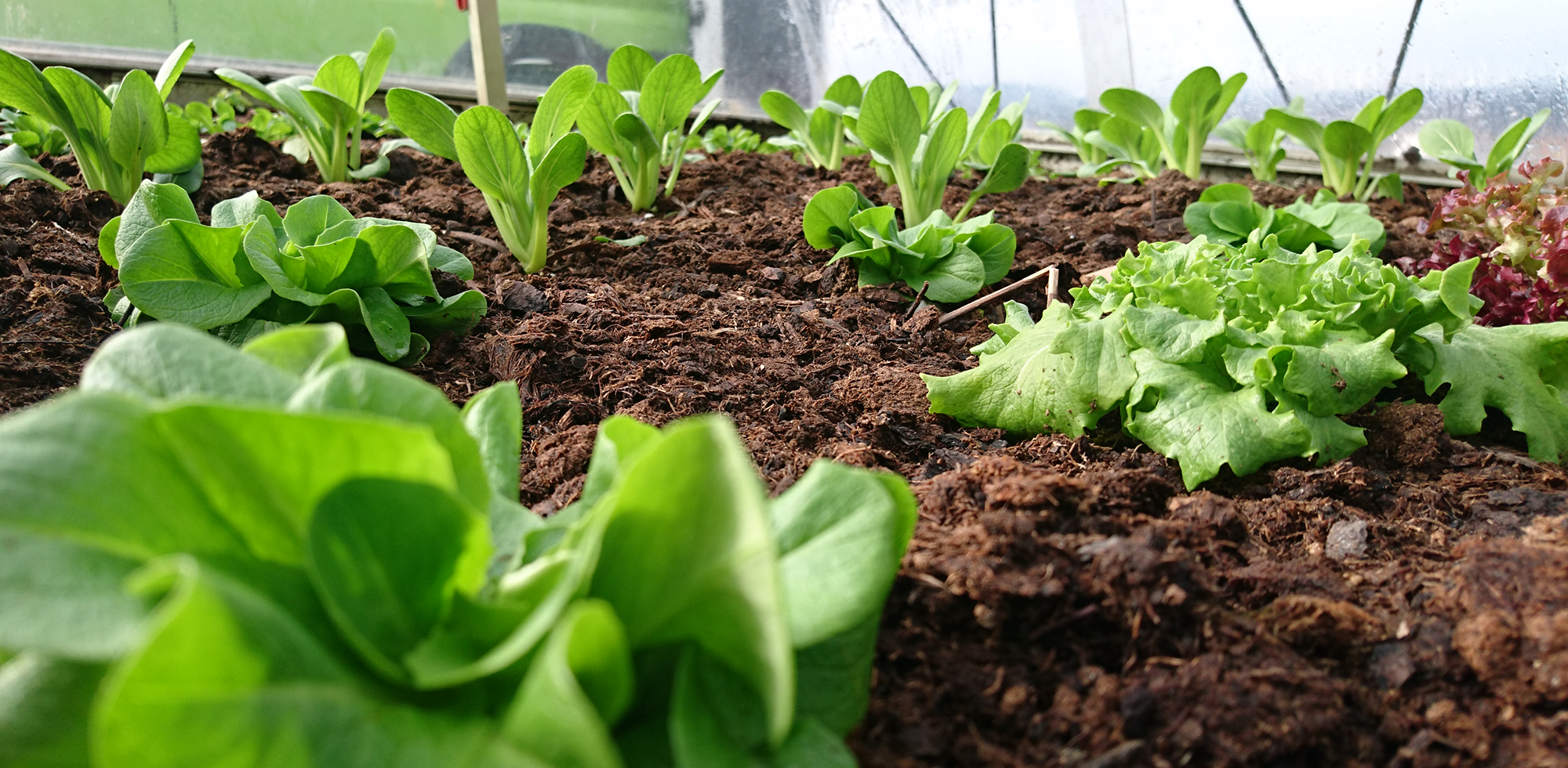How much water does a Raised bed? What should be considered when watering a raised bed be respected? And what do I do with the Raised bed if I can't be home for a few days? We explain what is important for optimal raised bed watering and what you should avoid.
Our raised bed – always perfectly watered
At this point we would like to raised bed With our drip irrigation or spray irrigation, your raised bed always watered perfectly and effortlessly. Choose the optimal dimensions for your needs and the right design for your garden! If you can't find what you're looking for among our assembled raised bed sets, you can configure your very own raised bed in just a few steps.
Watering raised beds correctly
Water is just as vital for plants as sufficient light. However, too much of a good thing can also have a negative impact on the development of plants in raised bed However, if you follow the following points, you will be on the safe side and will have a lot of fun with the fruits of your labor!
Moderate water pressure
Watering early in the morning
What applies to ground-level beds also applies to raised beds to: The best time for watering is early in the morning. In the morning, the soil is not yet warmed up by the sun. If you water in the evening, there is a greater risk that your plants will start to rot because the water cannot evaporate as easily through the leaves.
Avoid waterlogging
If watered too much, the lower part of the raised bed Waterlogging occurs, which increases the risk that the roots will start to rot and, in the worst case, the plants will die.
How much water does a raised bed need?
The water requirements of a raised bed differ from those of a classic bed. As a rule, a raised bed in summer, watering should be done once a day. The reason for the higher water requirement is due to the higher temperatures inside the Raised bed. There are two reasons why the soil inside the raised bed is warmer than the soil in a ground-level bed:
1. Natural rotting processes
Due to the composting and decomposition processes in the nutrient layer, the temperature inside a properly filled raised bed consistently up to 5°C higher than in ground-level garden beds. As a result, the water added to the raised bed evaporates comparatively faster.
2nd Stronger sunlight
Due to the elevated position, sunlight can heat the raised bed all around - the side walls are also exposed to the sun's heat. This increases the temperature of the soil even more and leads to liquid evaporating more quickly.spray irrigation for raised beds
With a spray irrigation system, the raised bed irrigated from above. For this purpose, an irrigation device in the form of a rod is placed above the raised bed All you need to do is connect the garden hose.
Valves can be used to control both the amount of water and the pressure with which the water is applied to the raised bed rains, can be easily regulated by hand. Spray irrigation systems can remain installed almost all year round: you should only remove the spray irrigation during the heaviest frosts.
You do not need to lug heavy watering cans around the garden and can raised bed You can water your plants at any time simply by opening the water tap. In combination with a timer, this watering system makes watering much easier.
drip irrigation for raised beds
With drip irrigation, the plants only get what they really need! Each clay cone is both a sensor and a drip point: the suction power of the soil is transferred to a membrane, which opens or closes the passage of the clay cone and thus allows or stops the flow of water.
The slow, measured dripping ensures that the plants only receive naturally pre-warmed water. The individual clay cones are thus
Raised bed distributed that different water requirements in different parts of the raised bed is not a problem. This means that different plants are always supplied with water according to their needs.
The drip irrigation method is particularly practical if you have to leave your raised bed alone for a few days. The optimal supply of water to the raised bed With this irrigation system, watering is possible over several days without any problem. Perfect for the holiday season!
How drip irrigation works
If the soil dries out, the watering process is triggered by suction power. When the soil is sufficiently moist, the surface watering stops releasing water automatically. Each individual Tropf-Blumat reacts completely independently. It takes sunlight, air temperature, humidity and plant growth into account.
